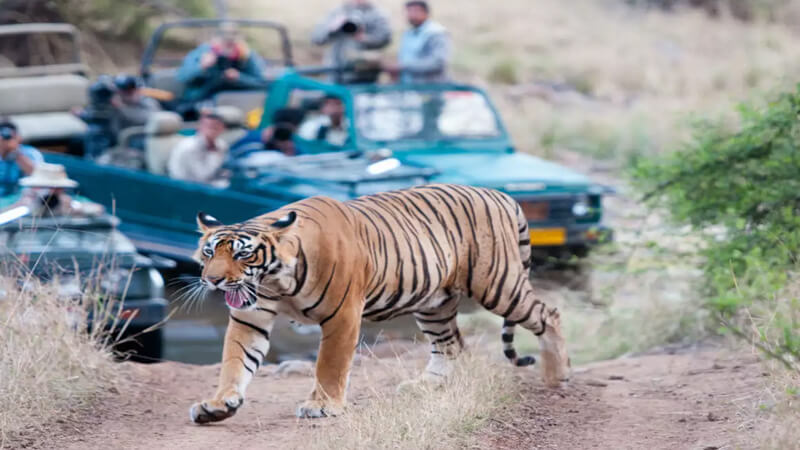Introduction
For those seeking an adventure filled with breathtaking encounters with the world’s most magnificent creatures and the beauty of untamed landscapes, wildlife safaris offer an unparalleled experience. Wildlife safaris transport you into the heart of nature, where you can witness majestic animals in their natural habitats. In this article, we will embark on a journey through the world of wildlife safaris, exploring the thrill, the destinations, and the vital importance of conservation efforts.
The Thrill of Wildlife Safaris
Wildlife safaris offer a unique blend of excitement, education, and wonder. Here are some of the most compelling reasons why travelers are drawn to this type of adventure:
- Close Encounters: Safari-goers have the opportunity to witness wildlife in their natural environment, often at astonishingly close range. Observing a lioness with her cubs or a herd of elephants in their natural habitat is an unforgettable experience.
- Spectacular Landscapes: Many safari destinations boast stunning natural landscapes, from expansive savannahs and dense jungles to rugged mountain ranges and serene wetlands. The scenery alone is worth the journey.
- Photographic Opportunities: Wildlife photographers flock to safari destinations to capture the beauty and drama of the animal kingdom. Safaris provide unique and incredible photo opportunities.
- Educational Insights: Knowledgeable guides and naturalists accompany safari excursions, providing valuable insights into animal behavior, ecosystems, and conservation efforts.
- Conservation Awareness: Wildlife safaris often raise awareness about the importance of conservation. Witnessing animals in their natural habitats reinforces the need to protect these fragile ecosystems.
Must-Visit Wildlife Safari Destinations
- Maasai Mara National Reserve (Kenya): Known for the annual wildebeest migration, Maasai Mara offers spectacular wildlife viewing, including the Big Five (lion, leopard, elephant, buffalo, and rhinoceros).
- Serengeti National Park (Tanzania): The Serengeti is famous for its vast plains and diverse wildlife, making it a top destination for safaris, especially during the Great Migration.
- Chobe National Park (Botswana): Chobe is renowned for its high concentration of elephants and diverse birdlife. Boat safaris along the Chobe River are a unique way to experience wildlife.
- Kruger National Park (South Africa): Kruger is one of Africa’s largest game reserves, offering a wide variety of wildlife, including the Big Five and numerous bird species.
- Ranthambhore National Park (India): Home to the Bengal tiger, Ranthambhore is a top choice for those seeking a chance to see these magnificent creatures in the wild.
The Importance of Conservation
While wildlife safaris provide thrilling experiences, they also play a critical role in conservation efforts. Safaris contribute to conservation in several ways:
- Economic Support: Revenue generated from safari tourism is often reinvested into wildlife conservation programs, anti-poaching efforts, and habitat protection.
- Awareness and Education: Safaris raise awareness about the plight of endangered species and the importance of preserving natural habitats.
- Community Engagement: Many safari operators work closely with local communities to promote wildlife conservation, fostering a sense of shared responsibility.
- Research Opportunities: Safaris provide opportunities for researchers to observe wildlife behavior, monitor populations, and gather valuable data for conservation efforts.
Conclusion
Wildlife safaris are more than just vacations; they are transformative experiences that connect travelers with the wonders of the natural world. They offer an opportunity to witness the beauty and complexity of life in the wild while highlighting the urgent need for conservation. By embarking on a wildlife safari, travelers not only create lifelong memories but also contribute to the preservation of our planet’s most precious treasures – its wildlife and ecosystems.




